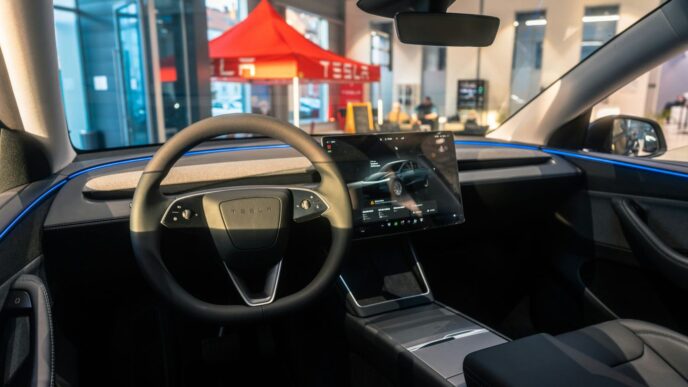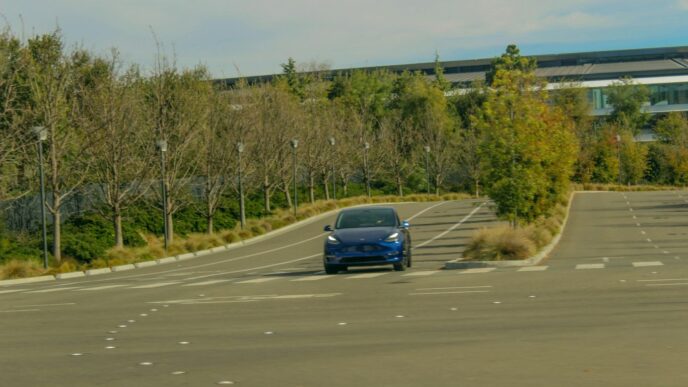Nokia, Ericsson, and Huawei, once the titans of the telecommunications infrastructure market, are witnessing a gradual decline in their dominance. Recent market share estimates from TrendForce indicate that challengers are beginning to gain traction, signaling a potential shift in the competitive landscape of the industry.
Key Takeaways
- Market Share Changes: The market share of traditional leaders is decreasing, while challengers are making gains.
- Emerging Competitors: Companies like Samsung and the OpenRAN community are starting to carve out their niches.
- Domestic Markets: Huawei and ZTE may rely on the growing Chinese market to sustain their businesses despite international challenges.
Market Share Dynamics
According to TrendForce, the market share for key players in 5G base stations has shifted as follows:
| Supplier | 2019 Market Share | 2020 Market Share |
|---|---|---|
| Ericsson | 30% | 26.5% |
| Huawei | 27.5% | 28.5% |
| Nokia | 24.5% | 22% |
| Samsung | 6.5% | 8.5% |
| ZTE | 6.5% | 5% |
| Other | 5% | 9.5% |
The data reveals a notable decline for Ericsson and Nokia, while Huawei has managed to slightly increase its share. Samsung’s growth can be attributed to aggressive 5G deployments in South Korea and North America.
The Rise of Challengers
The increasing market share of the ‘Other’ category, which includes emerging players in the OpenRAN community, is particularly noteworthy. Companies like NEC, Fujitsu, and Parallel Wireless are gaining attention, although their technologies are still in the early stages of development. This shift indicates a growing interest in diversifying the supplier ecosystem, which has been a long-standing desire within the industry.
Implications for the Industry
The gradual decline of Nokia, Ericsson, and Huawei’s market dominance is not expected to lead to an immediate crisis for these companies. However, it does suggest a more competitive environment that could foster innovation and better services for consumers. The telecommunications industry has been craving competition, and the emergence of viable alternatives could be a positive development.
Future Outlook
While Huawei and ZTE face challenges in international markets, the domestic Chinese market is projected to grow significantly, potentially allowing them to thrive despite setbacks abroad. As the global market evolves, it will be crucial to monitor how established players adapt to the increasing competition from new entrants.
In conclusion, the telecommunications landscape is shifting, with traditional leaders facing pressure from emerging competitors. This evolution could lead to a more dynamic and diverse market, ultimately benefiting consumers and businesses alike.














